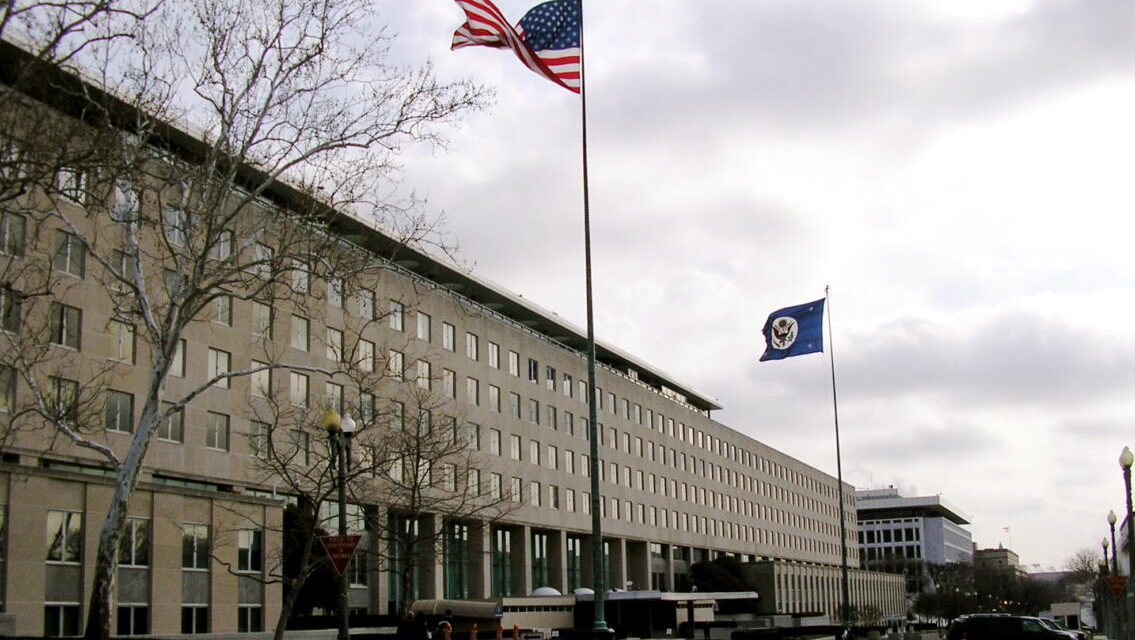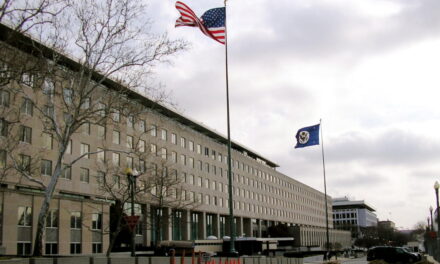The advantage of having a CIA officer pose as an embassy employee, usually a member of the State Department or a military attache, is that they enjoy diplomatic immunity, which means that they operate with a good degree of protection. It’s much riskier to operate overseas as a NOC with “no official cover.” In that case, you may be posing as a businessman, professor, student, journalist or something else, and if you are caught you may be arrested, imprisoned, or worse.
After 9/11, the intelligence community was directed to “get out of their cubicles” and put people in place who could do a better job of penetrating terrorist organizations. Apparently, this effort has been a colossal failure and the budget for it is being dramatically curtailed. It turns out that you can’t recruit people to spy for the United States very well if you are not fluent in their language. Who could have predicted that?
The CIA’s model for foreign officers is designed to recruit people in government or the military, so it makes sense to use the embassies because diplomatic work and military programs give you a ready excuse to interact with potential recruits. To penetrate terror networks, however, it’s better to use contract agents and foreign nationals who can fit in. The problem is in figuring out how to assign case officers to those contract agents. How do they meet? How do they communicate? How is the agent recruited in the first place?
It doesn’t appear that the intelligence community has figured out adequate answers to those questions.
The CIA spent at least $3 billion on the program, and the number of specially trained spies grew from dozens to hundreds. The entire clandestine service is believed to total about 5,000 people.
But because of inexperience, bureaucratic hurdles, lack of language skills and other problems, only a few of the deep-cover officers recruited useful intelligence sources, several former officers said.
Some of the most ambitious efforts were aimed at Iran, former officers said. The CIA created front companies and elaborate fake identities for operatives trying to recruit sources inside Iran’s nuclear and missile procurement networks.But Iranian authorities were able to expose American operatives, said two former senior CIA officials. They were transferred back to CIA headquarters in Virginia or other U.S. posts.
It seems to work better in the movies and on cable television. Don’t you think?




